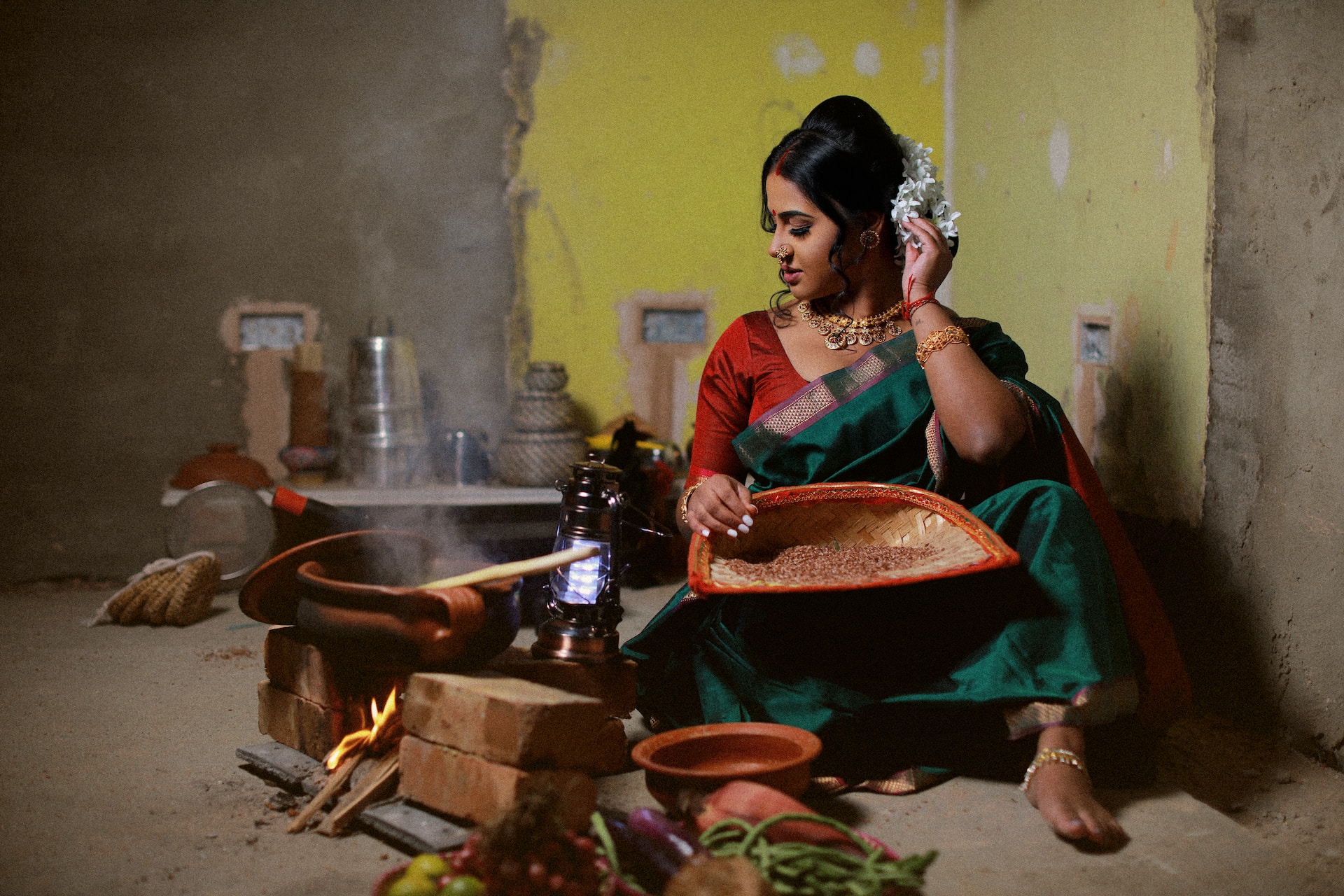
What is ‘culture’? Could it be called the ‘vibe’ of a particular geographical region? Well, sort of. Culture feels like a rather abstract term, indescribable owing to its infinite facets- food, clothing, religion and so many different components. Culture is everything that constitutes the diorama of a particular region, from M.S Subbulakshmi’s voice singing Venkatesha Suprabhatam every morning as Amma makes Sambhar in the kitchen, with Appa reading the paper in the traditional easy chair. It is the muggulu or ‘kolams’ that are drawn in courtyards every morning, and the Etikoppaka bommalu that adorn bommala koluvu in dussehra. It is any and every practice that makes us unique- that distinguishes us from everyone else. It forms the crux of our thought and our central idea; it makes us who we are.
Uniqueness of South Indian culture
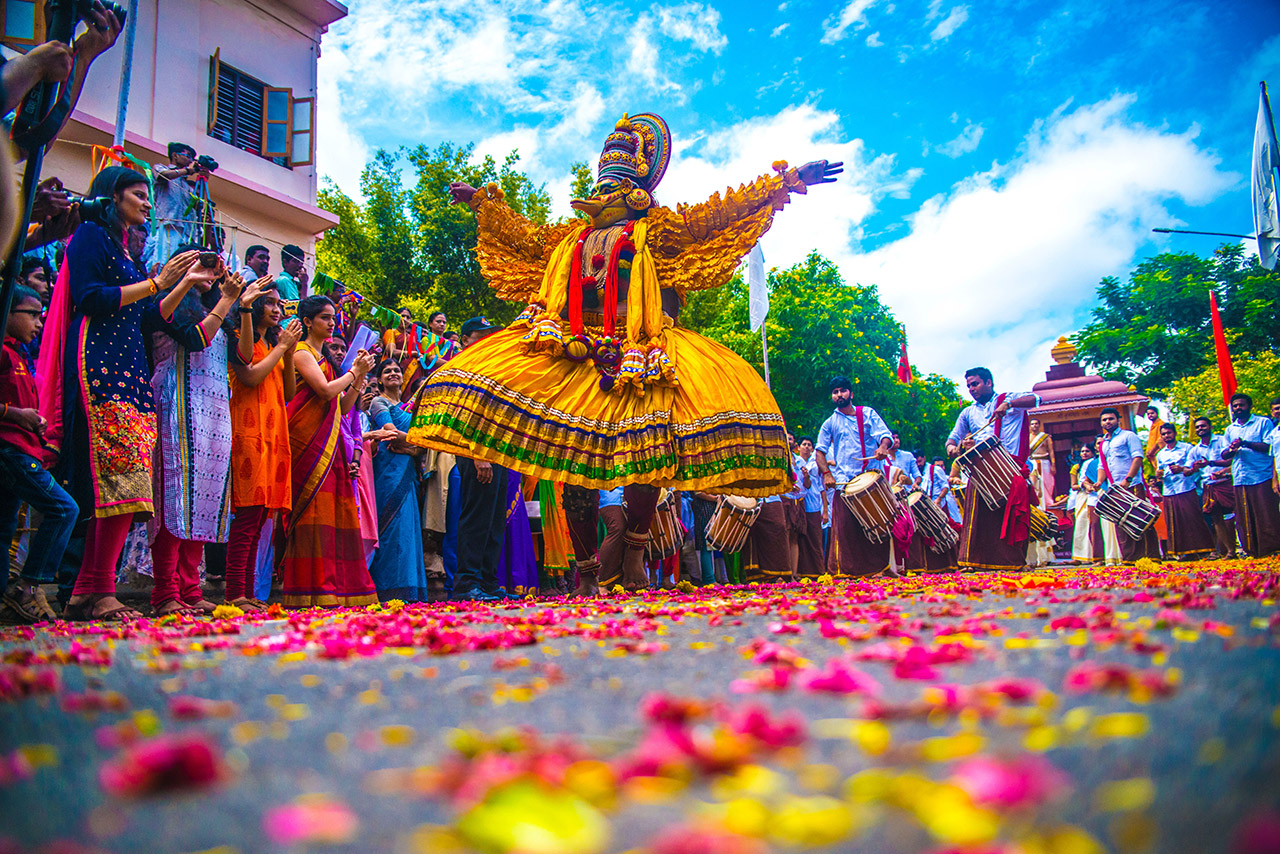
South Indian culture is a rich tapestry woven with vibrant traditions, art forms, and customs that have evolved over centuries. Encompassing states such as Tamil Nadu, Kerala, Karnataka, Andhra Pradesh, and Telangana, South India boasts a distinct cultural identity. Known for its classical music, dance forms like Bharatanatyam and Kathakali, and the timeless art of Carnatic music, the region is a treasure trove of artistic expression. South Indian cuisine, with its diverse flavors and aromatic spices, tantalizes the taste buds, while intricate temple architecture showcases the architectural prowess of the region. Festivals like Pongal, Onam, and Ugadi are celebrated with great fervor, reflecting the deep-rooted religious and cultural beliefs of the people. South Indian culture stands as a testament to the region’s rich heritage and artistic brilliance.
South Indian Languages
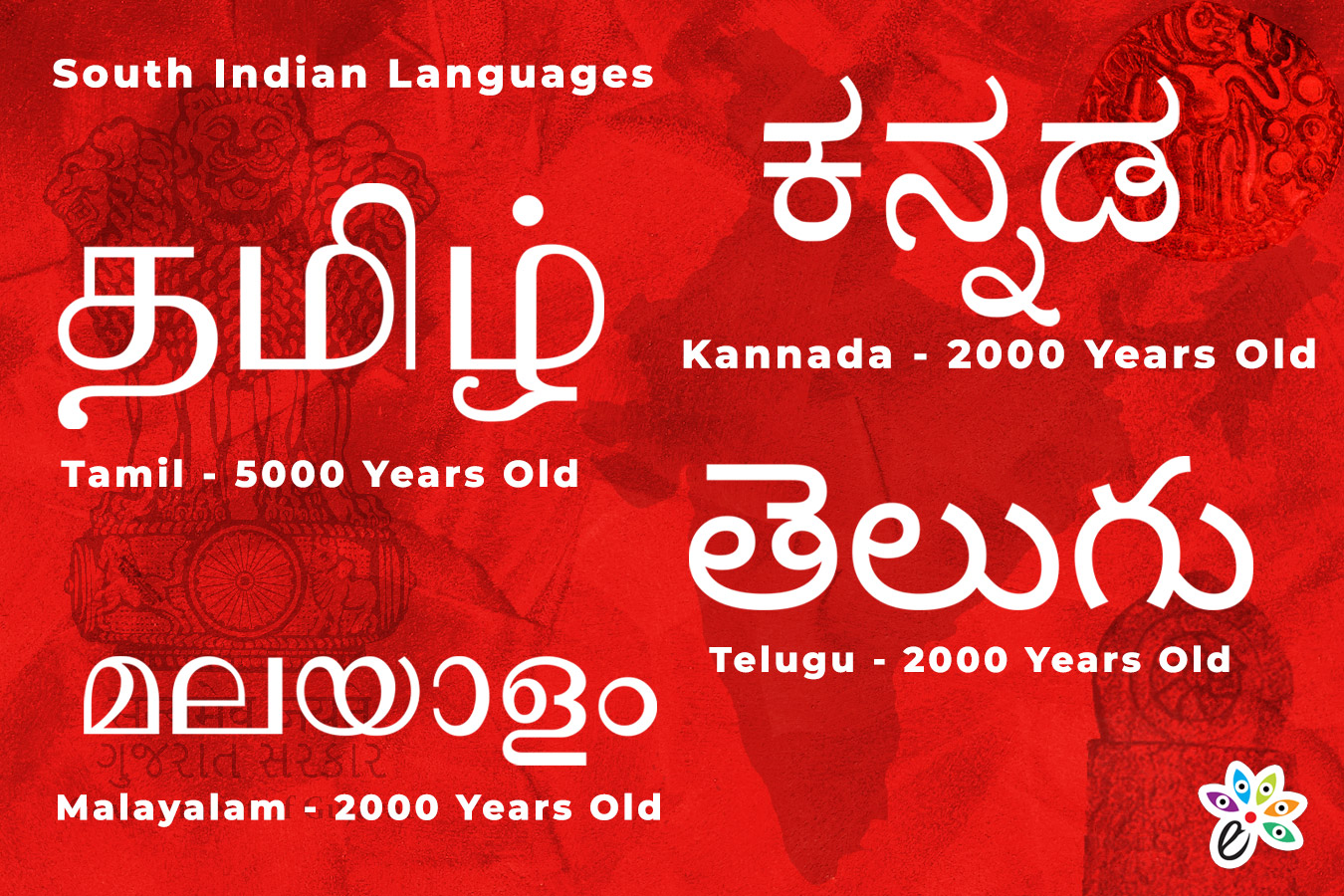
There are four main South Indian languages- Telugu, Tamil, Kannada and Malayalam. These come from a family of languages called ‘Dravidian languages’, which, some claim, have completely different origins from Indo-European languages like Hindi due to the similarities in grammar within themselves and the differences from languages like Hindi. The languages share several words and have similar sentence structures and grammatical rules.
Traditional Food of South India
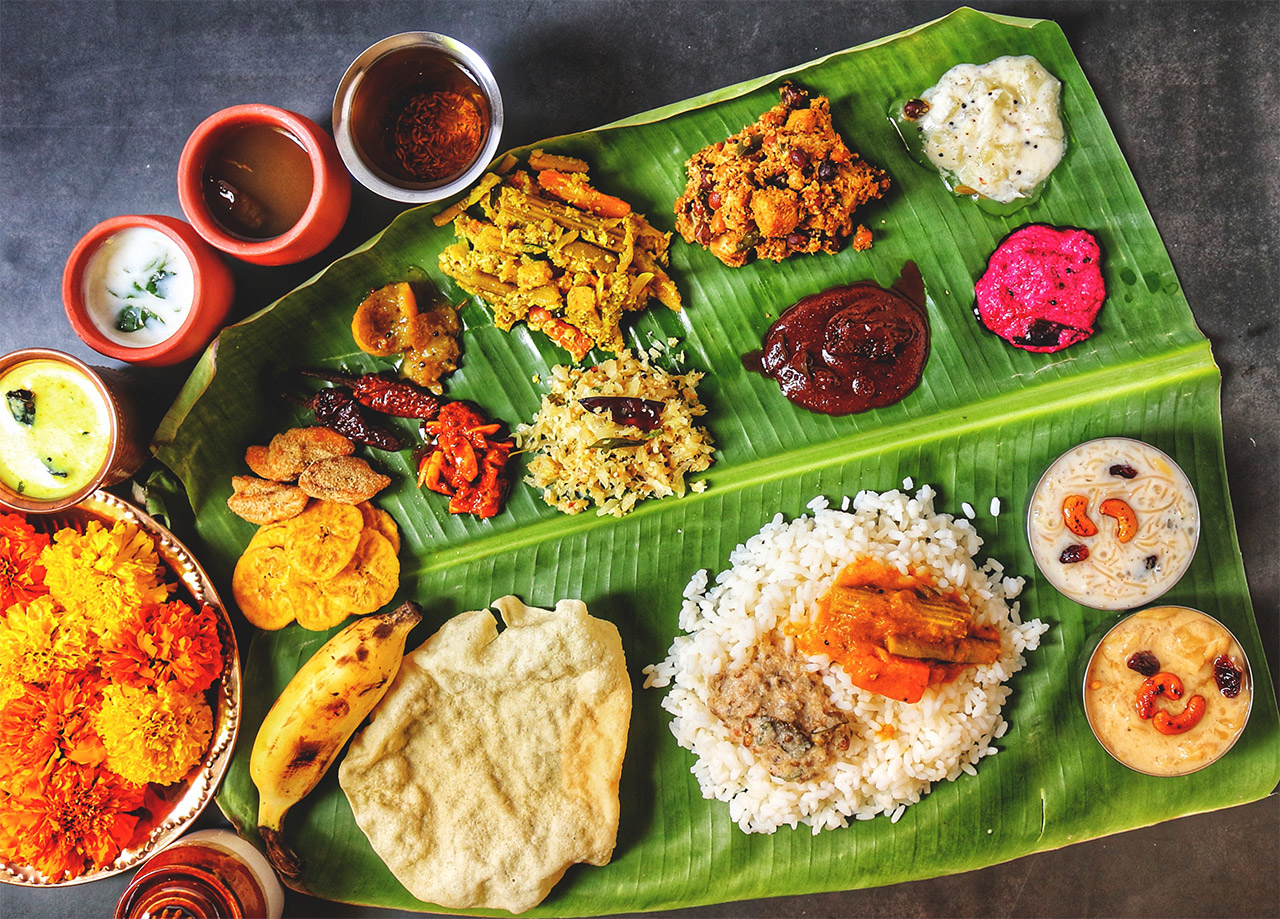
The phrase ‘South Indian food’ stirs up images of delectable Idli-Sambhar, Medu vada, and uttapam. However, that is not all that there is to South Indian food. While rice is a central part of South Indian cuisine, food habits can be vastly different between different regions. The coastal regions are famous for their robust seafood, and the interiors have different inclinations. Coconut is also widely used due to its abundance in the region alongside sesame oil and coconut oil. Each state’s cuisine has its uniqueness. The cuisine of the Malabar region is mellow and rich owing to the extensive use of coconut milk and coconuts, while Telugu food is known for its spicy, tangy and robust flavours. A few regions in the South don’t even have rice as its staple grain! Kannadigas, especially from Southern Karnataka, use Ragi extensively.
Traditional Dresses of South India
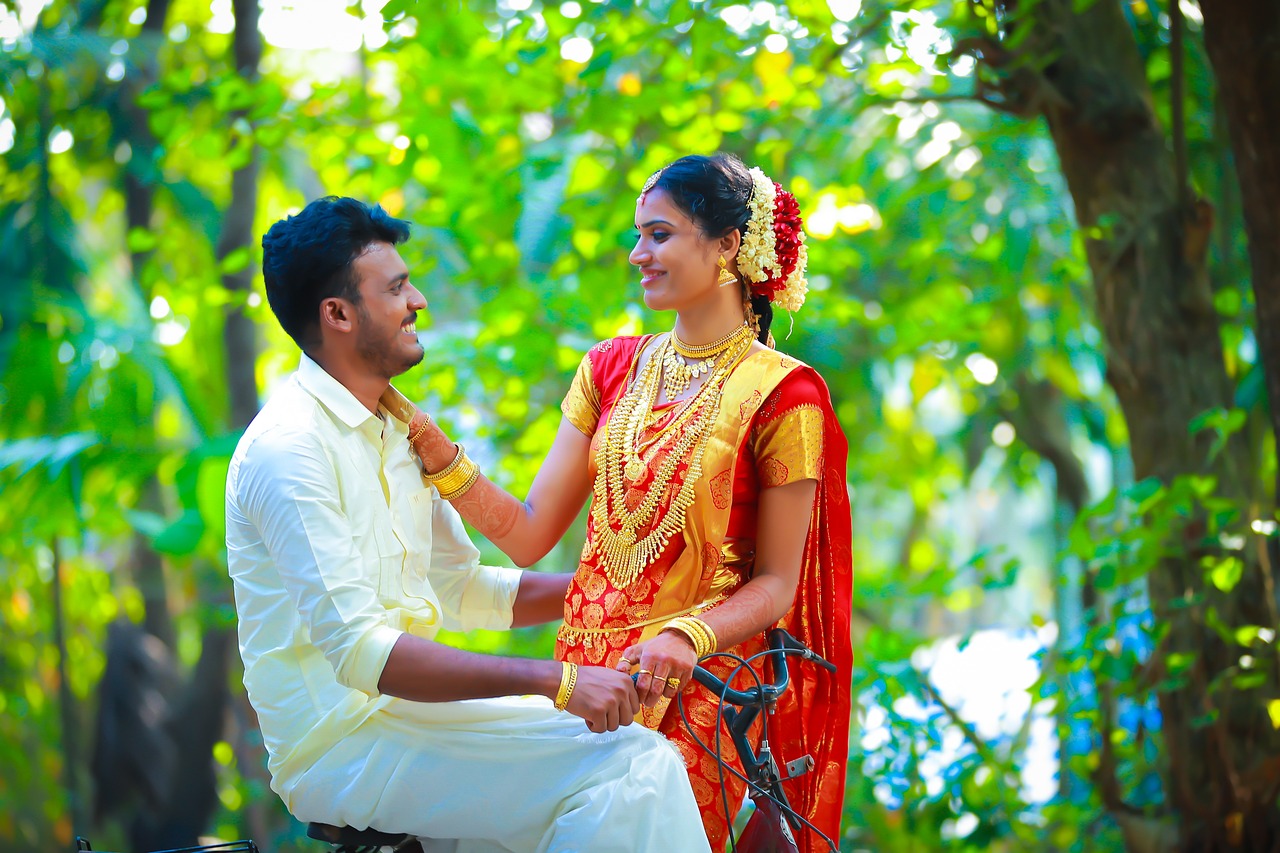
Traditionally, South Indians wear locally manufactured clothes such as dhoti and lungi for men and sarees for women. Cotton clothes are usually worn for everyday wear while silk clothes are reserved for special occasions. Kanchipuram silk sarees, Mysore silk sarees, Narayanpet sarees and Kasavu sarees are a few examples of festive wear for women. A lot of the sarees of the South usually have beautiful zari borders with temple designs. In the recent past, people of the south have also turned to North Indian and western wear.
Walking on the streets of a tier-two city India is a very interesting experience. All sorts of people can be spotted- old men in dhotis, modern, young men and women in Western clothing and women in beautiful traditional sarees. The South is a melting pot of values and cultures, and observing the different styles of clothing is a very interesting way to understand this!
Architecture in South Indian Culture
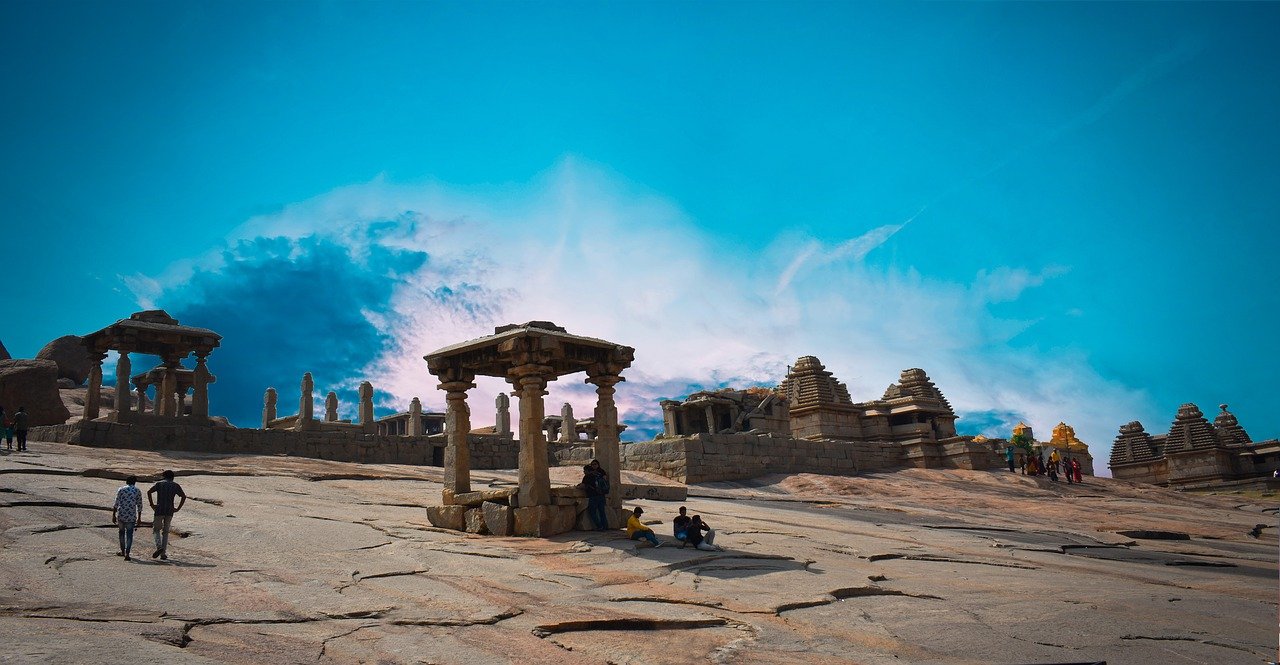
The temples of South India, built in the Dravidian style with their iconic gopurams and mandapas are instantly recognisable. South Indian temples are characterised by their pyramidal vimana gopuram, covered in elaborate sculptures depicting Hindu mythology.
They are also characterised by ornate pillared halls known as mandapams, where celebrations take place with space for devotees to watch.
The beautiful central courtyard homes of the region are well known. Supported by grand pillars and made of strong woods like teak wood, the courtyard homes are usually rectangular shaped with a large open space, where the holy Tulasi resides. The roof is traditionally protected by red tiles.
Suggest Read: Traditional Homes of South India, Culture of Generations
Religion and Ideology in South Indian Culture
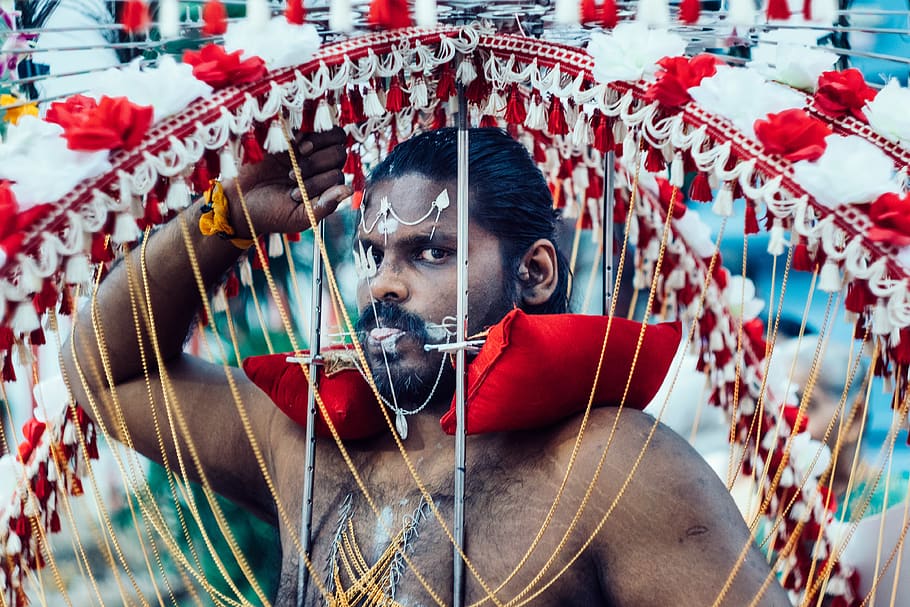
Religion and ideology play a significant role in South Indian culture, as evidenced by the magnificent temples built in the distinctive Dravidian architectural style. The religious practices in the region are diverse and complex, with Hinduism being the predominant faith in its Vedic form. The people of South India are deeply religious and traditional, while also embracing progressive values such as women’s education. The region is home to various sects of Hinduism, and it was a hub for the Bhakti movement as well as the Vaishnava and Shaiva movements.
Music & Dance in South Indian Culture

Southern India has beautiful expressions of its culture in its traditional art forms. In music, it ranges from Carnatic music, with themes of God and God’s deeds to simple folk songs about daily life of tribal people. Traditional south indian music also incorporates the use of instruments such as the shenai(widely used during weddings), the veena, the tanpura, and the tabla.
From the regal and delicate Mohiniattam to the electrifying Thappeta Gullu, South India is also home to many dance forms. Themes range from celebrating God’s creation by displaying the beauty of the body(Bharatanatyam), to a form of storytelling through dance(Kathakali).
There are many other well-known forms of performing arts in South India. Festive season heralded the arrival of the Haridasu, or servant of the Hari. A Haridasu is usually a man who roams from village to village singing devotional songs and playing a musical instrument. His appearance was said to be auspicious, and people would flock to offer him food and money.
Leather shadow puppetry is another significant performing art form of the South. It is practised in the states of Andhra Pradesh(where it is called Tholu Bommalata) and Karnataka(where it is called Togalu gambeyaata). Leather puppeteers would travel in troupes from village to village and educate people about epics and entertain them at the same time!
Traditional Art in South India Culture
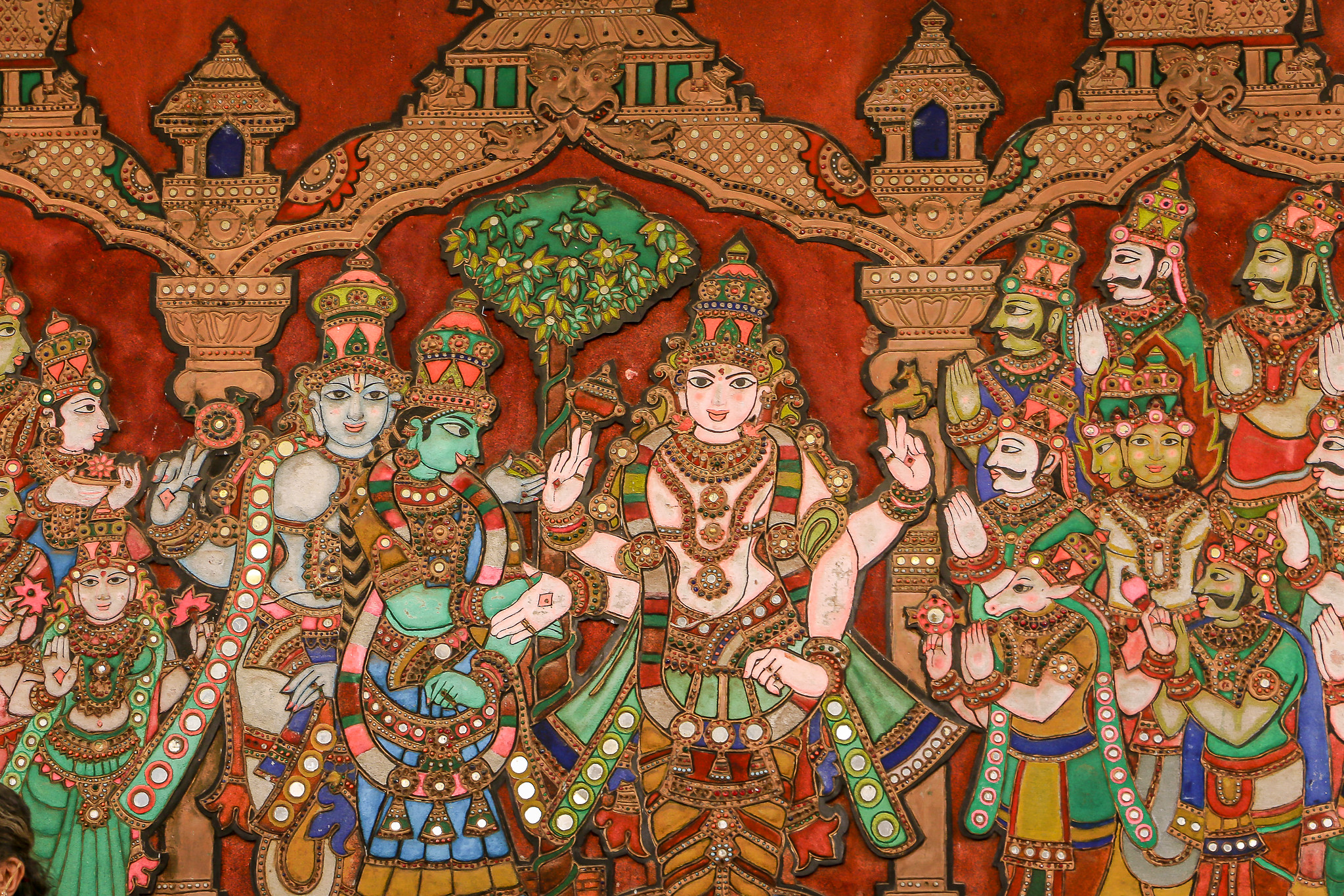
Kolams or muggulu are a unique art form in the region. They are usually drawn effortlessly by the woman of the house after thoroughly washing the courtyard in the morning. Kolams are elaborate, symmetrical designs drawn with great skill by releasing rice flour through two fingers around strategically placed dots. These beautiful patterns decorate the doorstep and courtyard of every traditional South Indian home, festival or not.
South India is also home to several formal schools of art. The Thanjavur paintings of Tamil Nadu are famous for their spectacular portrayals of the Gods, with inlays of Gold. The mural paintings of Kerala are known for their stylised depictions of Indian mythology in vivid, colourful detail. The Mysore paintings of Karnataka sustain till today, representing a legacy of royal poise, beauty and grace. The beautiful Kalamkari work of Andhra Pradesh and the Nirmal paintings of Telangana are also well known in India and the world. These are just a few; the region has many unique and beautiful art forms, all waiting for you to explore them!
Festivals of South India
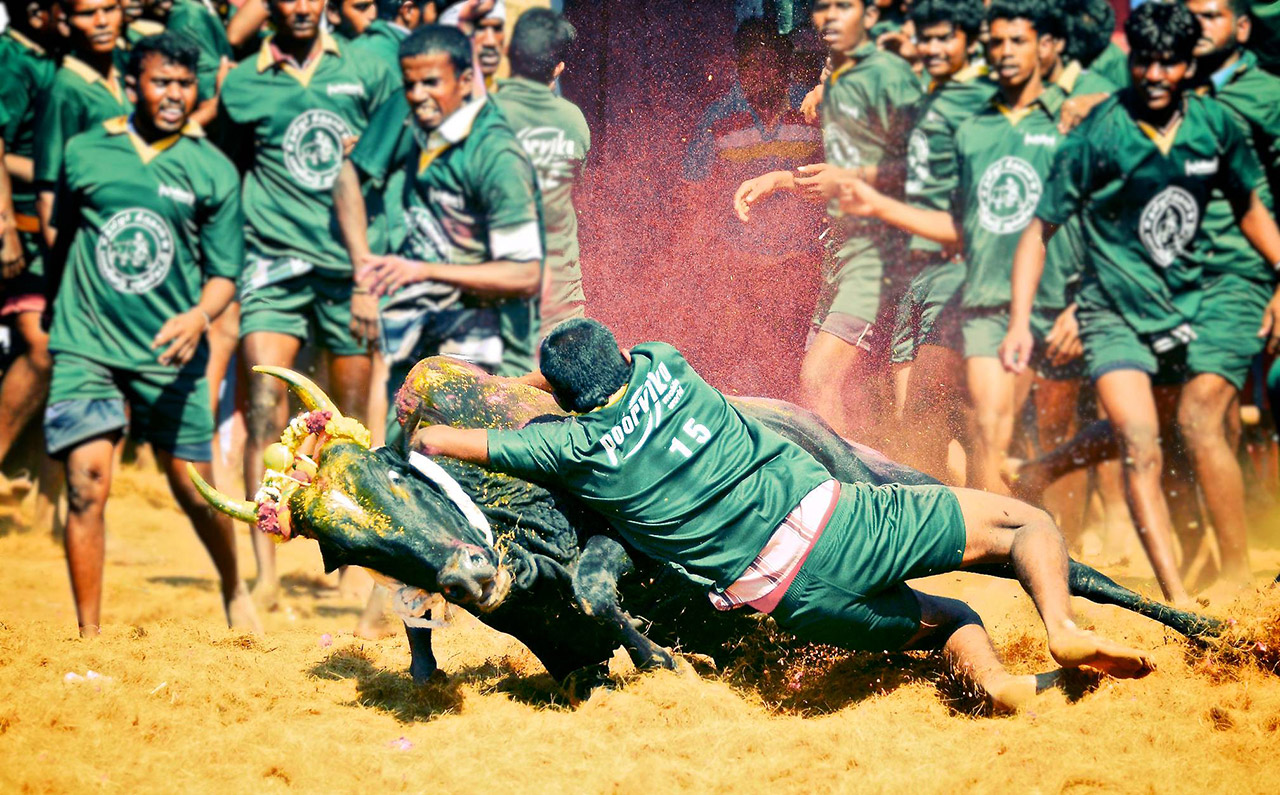
The festivals of South India are vibrant and colourful, presenting the best of all other facets of its culture. Immersing oneself in festivals is an excellent way to understand and enjoy the culture of the region. The most prominent festivals include Onam in Kerala, celebrated with boat races, feasts, poojas, and family gatherings, Ugadi in Andhra Pradesh, which brings together the traditional food, clothes, and the unique practices of the state. There are many other festivals like Batukamma in Telangana, Thrissur Pooram in Kerala, Pongal in all the states of South India and Gowri Habba in Karnataka. Pongal and Deepavali is considered the top festivals celebrated in Tamil Nadu. These festivals condense the essence of South Indian culture and are a celebration of the beauty of the region.
Conclusion
South Indian culture is a tapestry of diverse art forms, food habits and clothing styles. It is the unique cultural practices of the region that makes it so enchantingly complex. It is truly a marvel to explore, especially during the festive seasons when all branches of the culture come together. So, this winter, plan a trip to South India!





